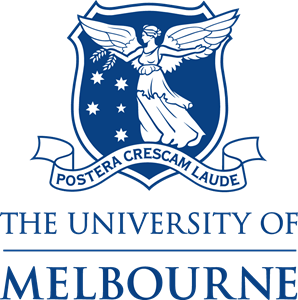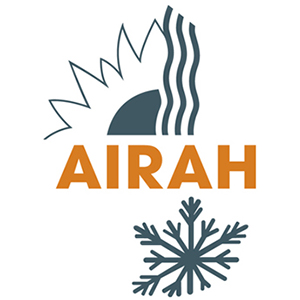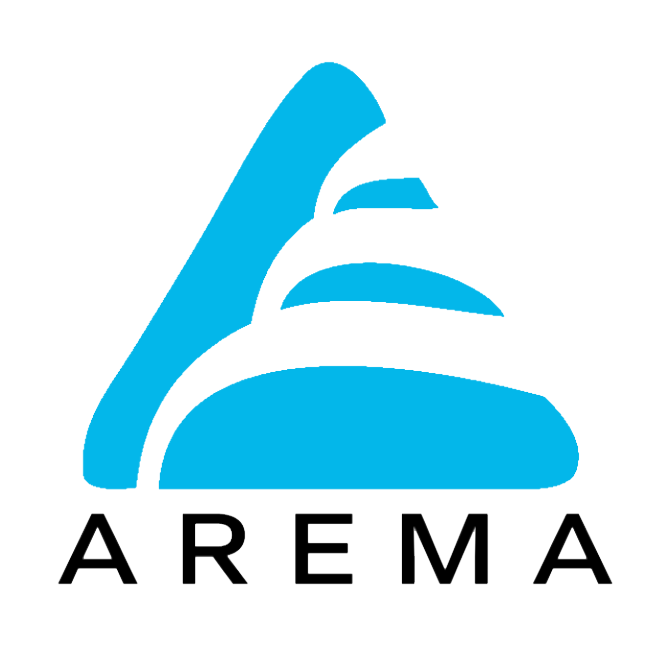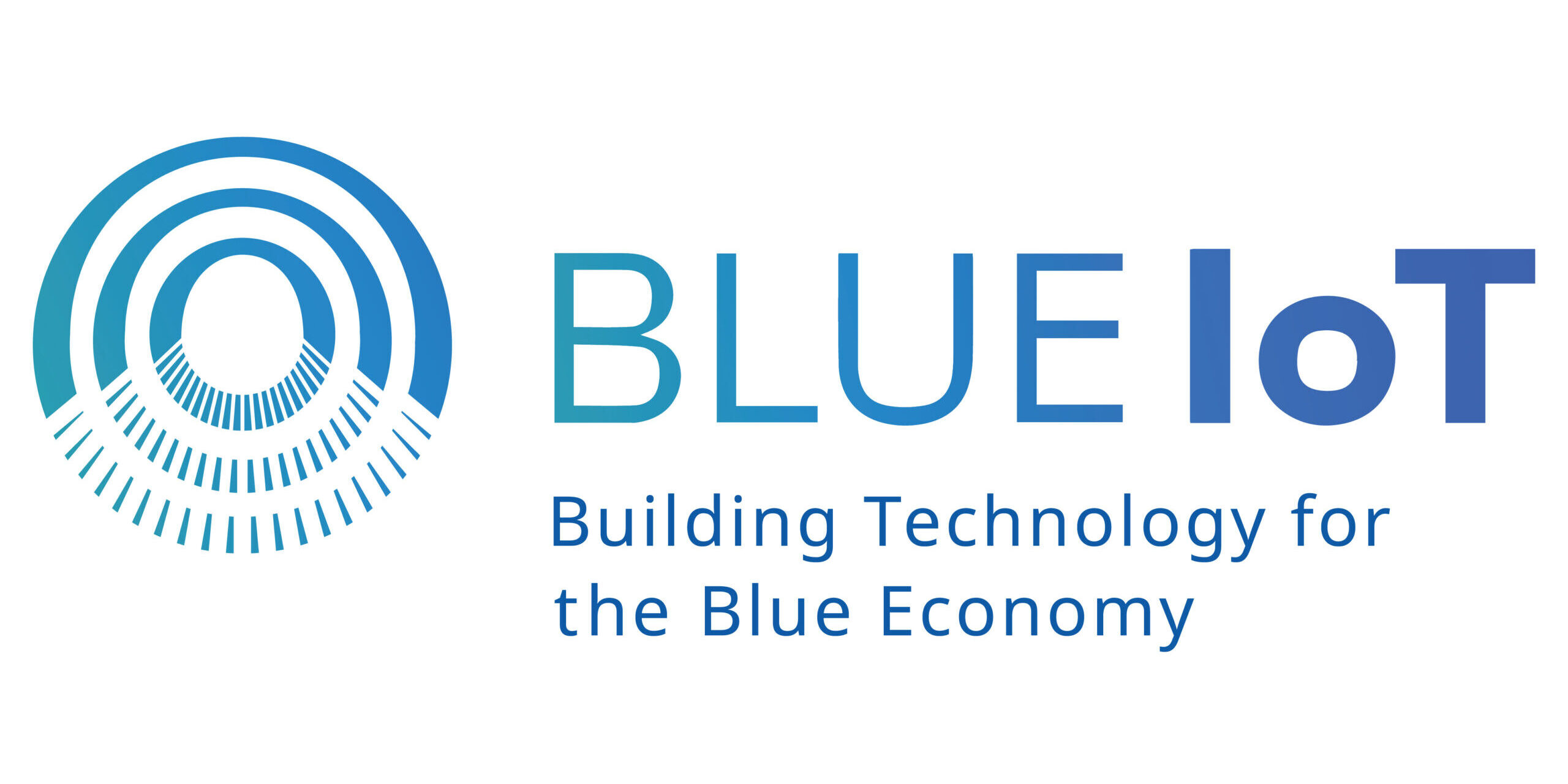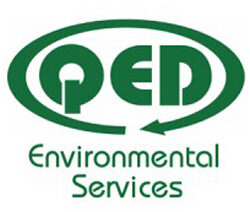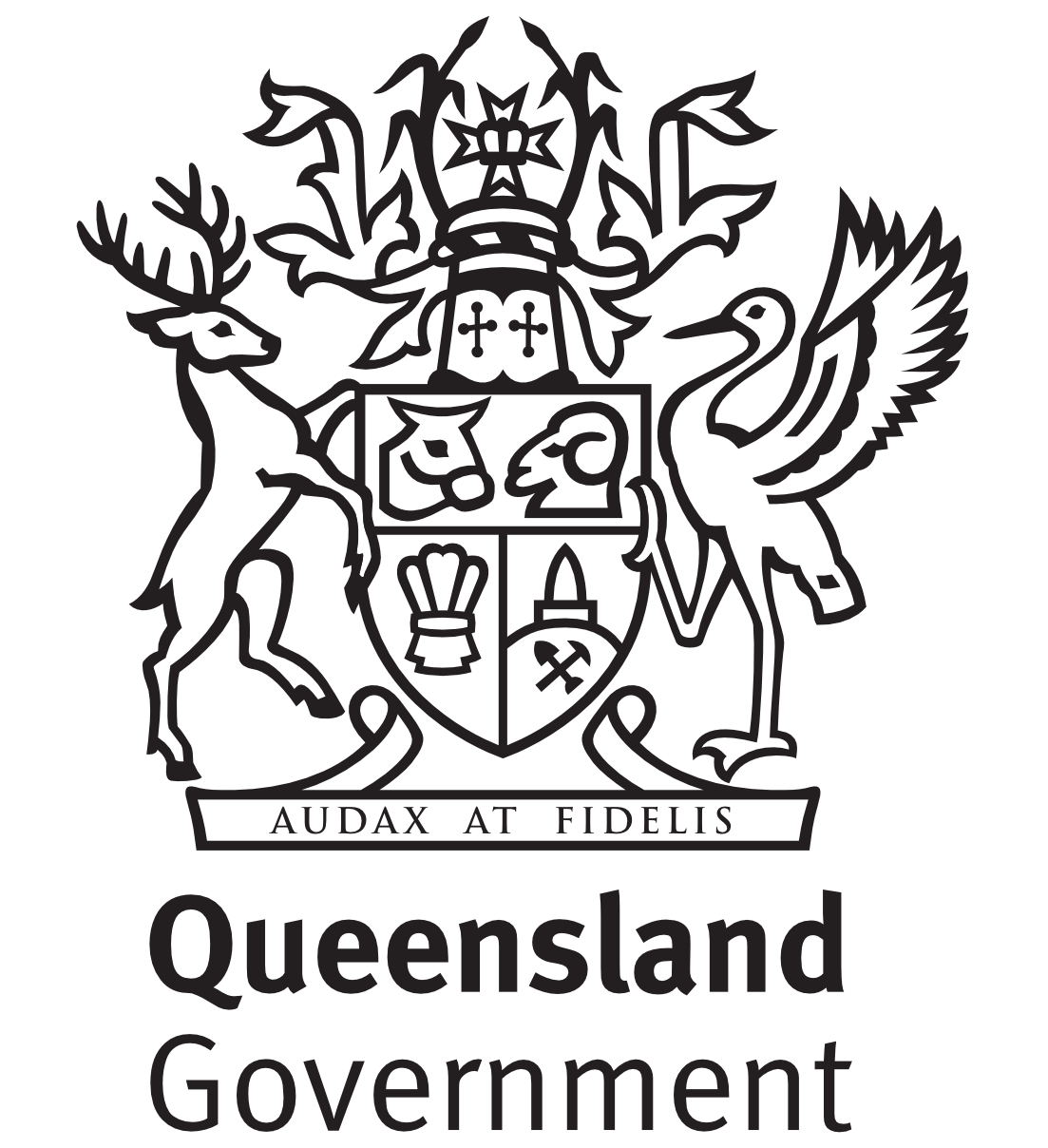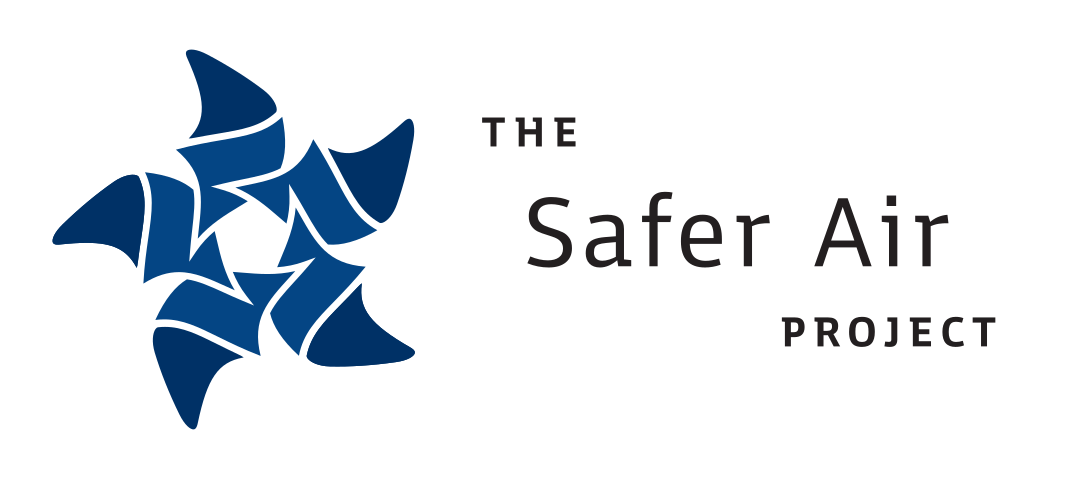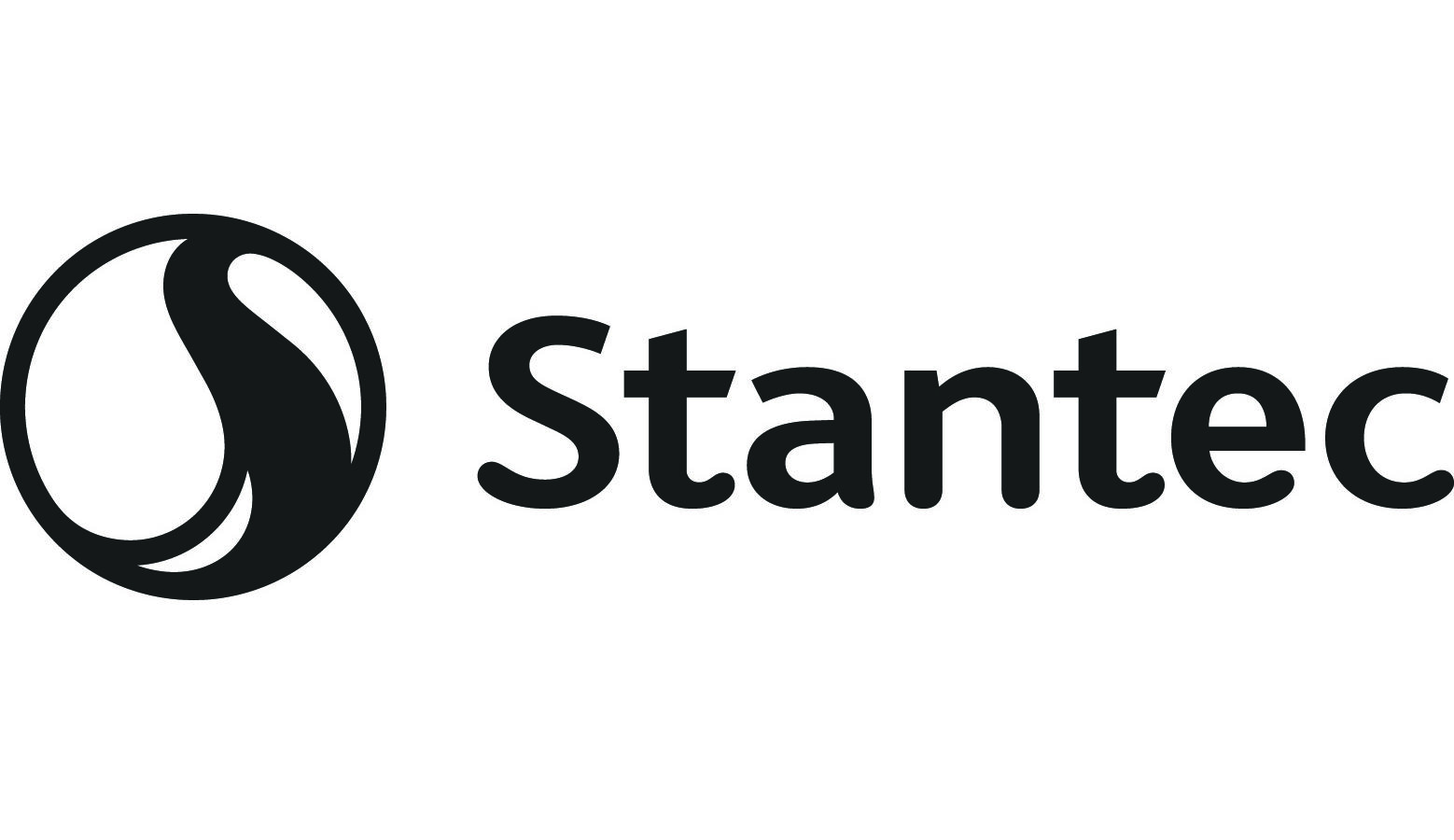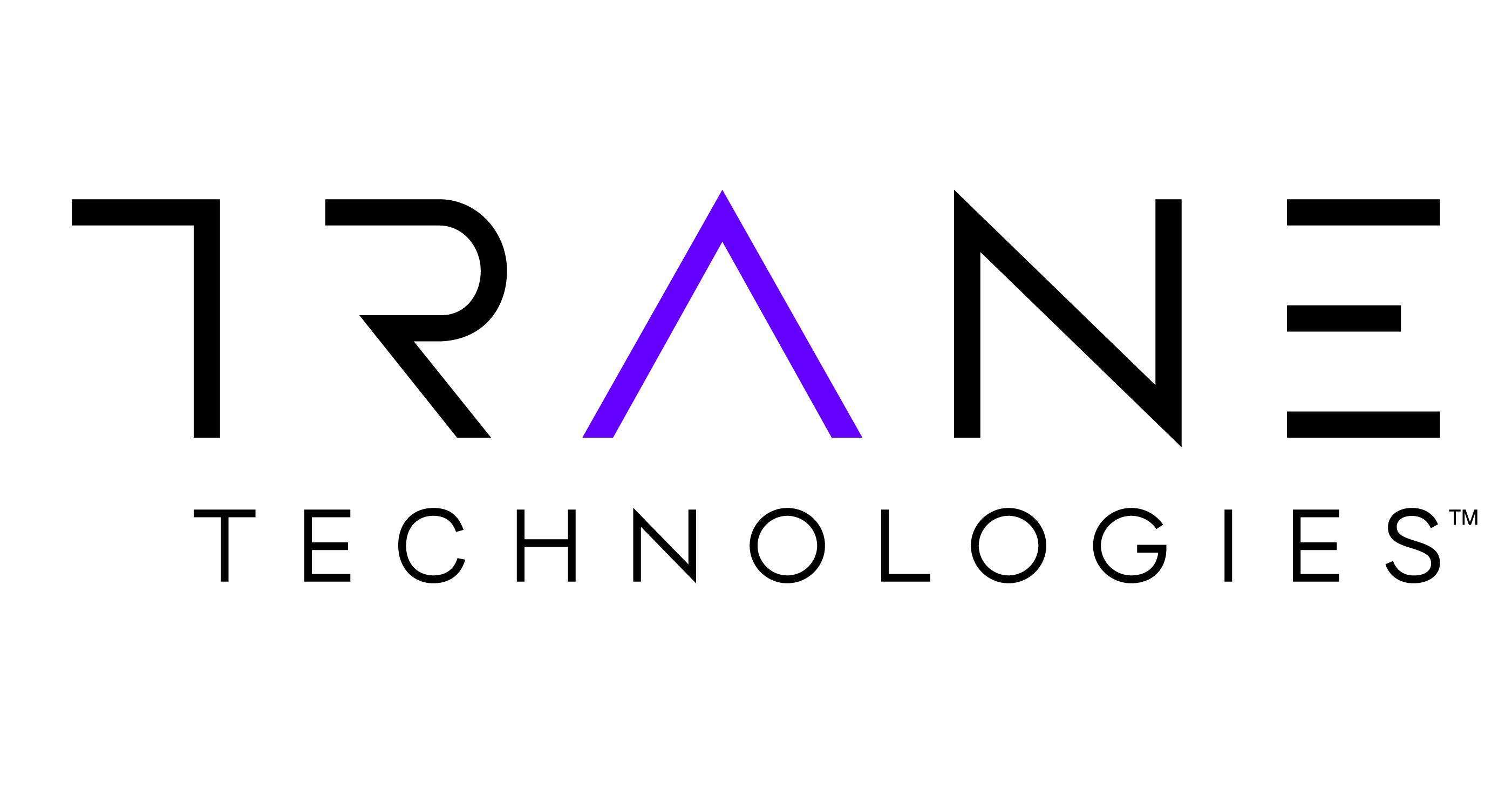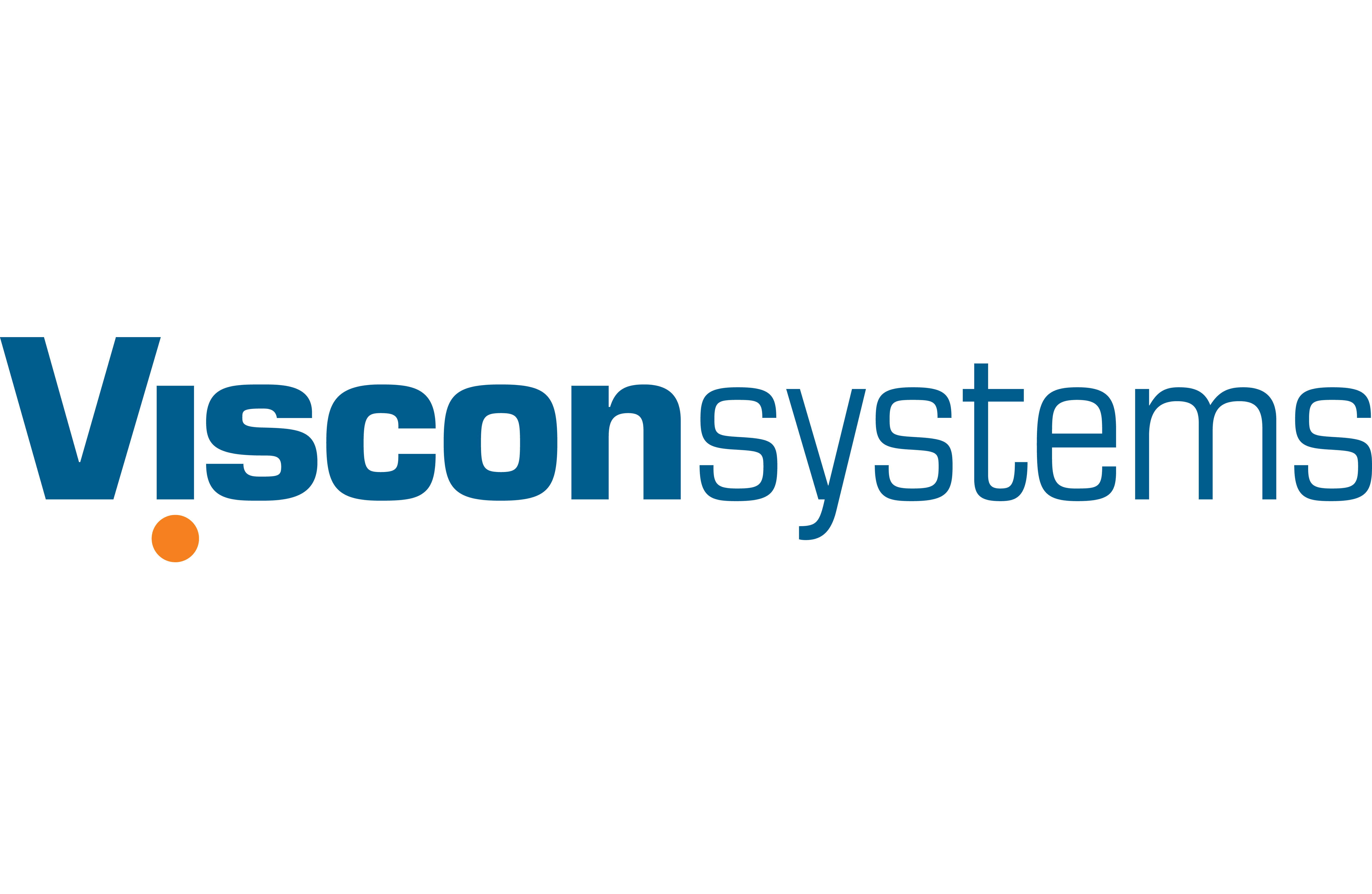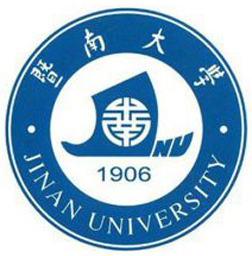Program 04
Translating Knowledge & Innovation to Better Building System
About Program 04
Australians spend more than 90% of their total time indoors. Building and construction standards coupled with operational guidelines govern IAQ requirements (e.g., temperature, humidity, ventilation rate) in commercial and industrial buildings. These standards and guidelines are also the de facto mitigation strategies for indoor transmission of airborne viruses, although this was never the intended purpose. Simply put, building systems were never designed with a view to optimising health or mitigating airborne infection transmission; they were designed for occupant comfort (a loose term defined many decades ago). Comfort-based design and operation guidelines for mechanical systems are insufficient as frontline protection against airborne illnesses or air pollution. There is also substantial variability in the design and operation of mechanically ventilated buildings based on the operational preferences of the building custodians. Buildings outlast design code changes and material and equipment innovations. Human factors also impact building operations. Personal comfort and indoor environment requirements, and operational choices (either from individuals or building operators), are substantial variables whose impact is rarely discussed, and almost never systematically analysed. The five projects within Program 4 inform new and existing standards to make them fit for existing and emerging contaminants.


Projects
PhD Project 4.1 – Economics of IAQ
For any change to occur, particularly at societal scale, the costs and benefits of the change must be clear. Numerous studies have quantified the negative impacts of poor building IAQ on occupant productivity and well-being resulting from the sole focus on energy conservation. It is expected that costs of change needs to be in terms of the breakdown between capital expenditure and operating costs. If we are to see change in IAQ at scale, there is a need to scientifically examine the costs and benefits by asking the following questions:
- What minimal set of capital costs (types of change) should be considered in a cost/benefit analysis? E.g. retrofit or new only? Upgrade to forced ventilation or mixed mode of ventilation etc.?
- What are the operating costs of changes?
- Are there real or potential operating benefits (e.g. reduced energy use) from implementing change?
- Are there life-cycle efficiencies/costs incurred or benefits to be gained from considering the whole-of-life of interventions?
- Are there design changes or practice changes that might reduce costs?
- Are there design changes or practice changes that need to be introduced to encourage uptake?
- What would be the cost of complying with new standards/regulations proposed?
PhD Project 4.2 – Artificial intelligence applications
The Centre’s many projects will produce large volumes of high fidelity, high frequency data from multiple interrelated building system components. This will provide a unique opportunity to implement artificial intelligence (AI) and machine learning (ML) principles to optimise data management and exploit data analytics to better understand indoor airborne infection transmission, the impacts of inadequate IAQ, and the role of building systems in mitigating these risks.
The main rationale behind this effort is to create high fidelity simulations that can support physical testing of different building system solutions. Data analytics will also help identify the interdependencies of different building system components and create additional knowledge for the Centre. Through continuous monitoring, the project will explore potential integrated solutions, linking monitoring hardware to the building BMS for automatic control, and will address several research questions, including:
- What are the benefits and trade-offs of tuning the HVAC system based on IAQ control logic as opposed to the traditional energy or temperature measures to mitigate airborne transmission?
- What happens in building stock where there is no BMS or one with limited functionality?
PhD Project 4.3 – Continuous commissioning to ensure compliance and resilience
Building codes are the means to ensure proper mechanical system installation for buildings. While these codes ensure compliance at the design and preliminary construction phase (through commissioning), there are no guidelines for ongoing performance assessment or performance improvement should there be a risk to human health.
Without ongoing monitoring the actual performance of building systems in protecting the health of the occupants cannot be truly measured.
Continuous Commissioning by it’s nature is non-stop 24x7x364. This will determine what components are provided in real time, the frequency of other continuous commissioning tasks, activities involved, increased costs of commissioning, requirements for additional sensors, data collection, inherent cyber security requirements, mechanisms for performance improvement, suggestions to improve current commissioning and operation guidelines and future Australian indoor air performance. Additional collaboration with standards providers such as NABERS IE and WELL will be explored given their ongoing operational focus.
The aim of the project will assess the viability of continuous commissioning (e.g., ongoing assessment of mechanical and electrical system performance of buildings, both brownfield (existing) and new construction ) as a tool to ensure compliance with health guidelines and performance improvement.
PhD Project 4.4 – Automated risk management in building informatics for health and energy efficient outcomes
The project endeavors to combine existing BMS sensing information (temperature, lighting, vibration, people movements) with a suite of air quality and external environmental “Internet of Things” (IoT) sensors to feed into a dynamic and novel risk assessment model. The novel risk assessment system will endeavor to strike a balance between energy efficiency, operating costs and environmental risk factors affecting occupants and will be reactive dependent on current environmental and epidemiological conditions, combining information about current viral outbreaks (e.g., COVID-19 variants, seasonal influenza), ambient air pollution, seasonal pollen events, bushfires and weather.
The aim of the project will be
- assess the viability of cost-effective, fit-for-purpose IoT monitoring instruments for sensing environmental conditions in relation to air quality.
- Work with existing buildings to assess and identify the minimal and optimal physical sensing requirements required to enable automated risk management, in cases where there is not an existing BMS system in place.
- Undertake sampling campaigns to develop a building use model with zonation to develop a baseline around occupant use.
- Develop software infrastructure and user interfaces (mobile and desktop) to disseminate real-time and historical information about the building environment and alert occupants to any risks; (e) assess and incorporate existing and proposed BMS sensors into a risk assessment model with a focus on occupant health in conjunction with energy efficient objectives;
Industry Partners
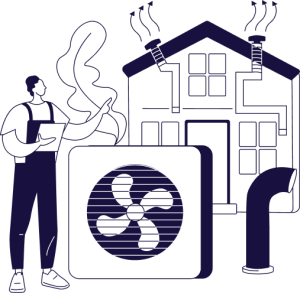
Interested in Current opportunities with Thrive?

